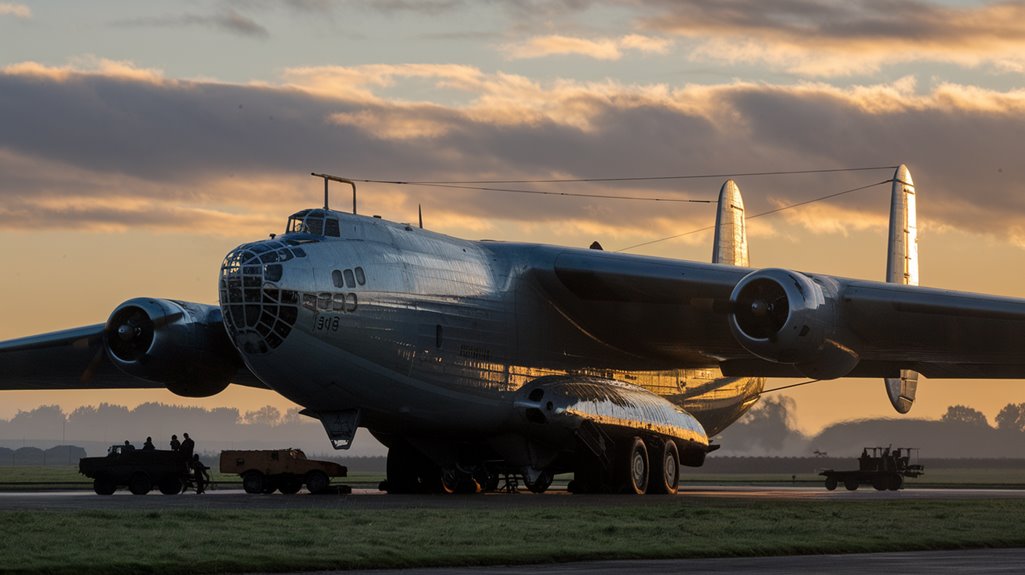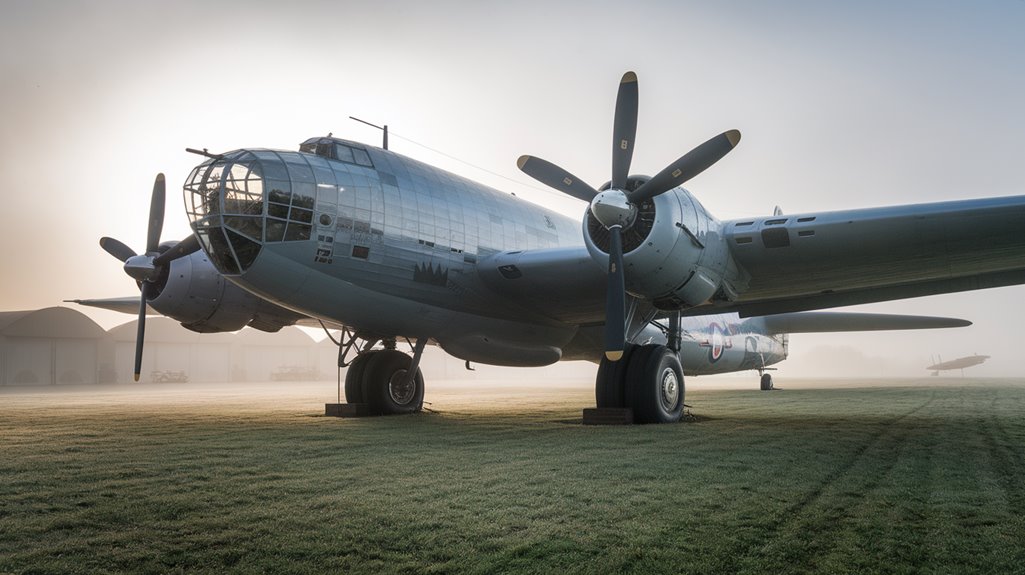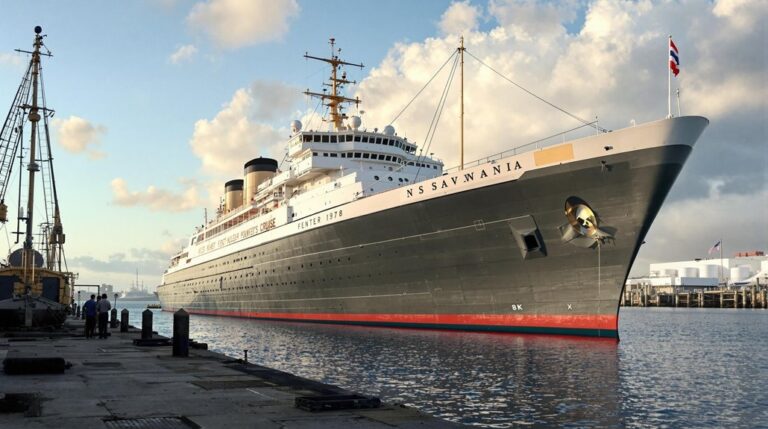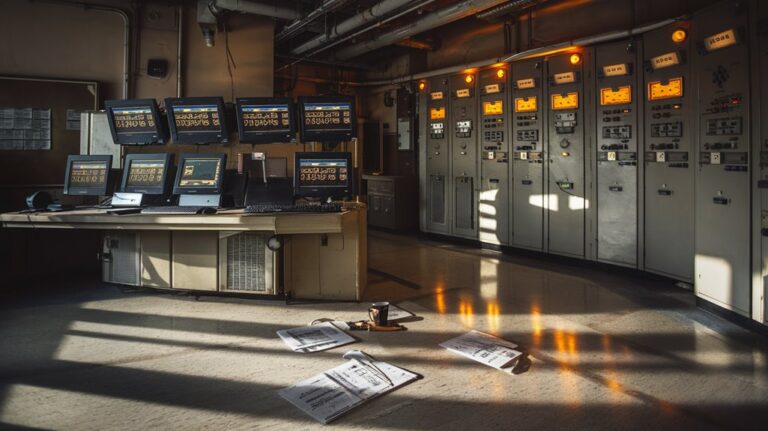Britain’s Bold Aerial Rescue: 1,000 People in One Plane
You've probably heard about ambitious rescue missions, but Britain's vision of airlifting 1,000 people in a single aircraft stands out as particularly bold. While today's largest passenger planes max out at around 800 seats under normal conditions, the concept of such a massive aerial evacuation continues to capture attention. It's a plan that raises compelling questions about the limits of aviation technology and the future of humanitarian operations. Let's unpack why this daring proposal matters.
The Historical Setting and Circumstances
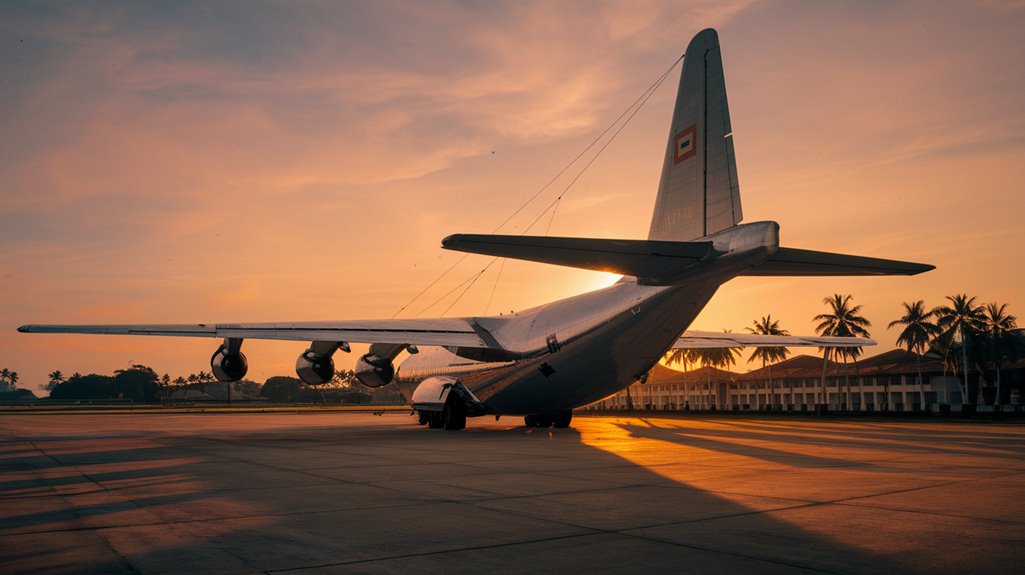
As Nazi Germany launched its devastating invasion of France and the Low Countries in May 1940, Britain faced one of its most critical moments of World War II.
You'd have witnessed Allied forces being pushed back to their last remaining port at Dunkirk, where damaged facilities forced troops to gather on beaches and sea walls.
The Dunkirk evacuation, code-named Operation Dynamo, became a pivotal moment that would test Britain's resolve.
Under Admiral Bertram Ramsay's leadership, the British Admiralty called upon civilian vessels to join the rescue effort. Initial projections suggested only 20,000 to 30,000 soldiers could be saved.
Fortune favored the operation as calm weather conditions allowed small boats to assist in evacuating over 338,000 Allied troops. The Luftwaffe's efforts to prevent the escape were significantly hampered by poor weather conditions.
While the successful mission considerably boosted Allied morale, you'd have seen that Britain still faced immense challenges, including the looming threat of German invasion and the upcoming Blitz.
Examining the Technical Feasibility
While Britain's aerial rescue concept captured imaginations, the technical limitations of modern aircraft pose significant challenges for mass evacuation operations.
Even today's largest commercial aircraft, like the A380, can't safely accommodate 1,000 passengers, with maximum capacities falling under 600 people.
Current technical innovations in aviation focus on different priorities, such as exploring single-pilot operations and developing hybrid-electric propulsion systems.
Detailed data analysis through reliable statistical tools helps verify the safety constraints of large-scale passenger transport.
You'll find that regulatory challenges remain a significant hurdle, as safety standards and emergency evacuation procedures become increasingly complex with larger passenger loads.
The industry's emphasis on implementing single-pilot operations through AI-driven systems demonstrates a focus on crew reduction rather than passenger capacity expansion.
Aviation authorities continue to emphasize the importance of redundancy and operational safety, making it difficult to approve dramatic increases in aircraft capacity.
The reality is that transporting 1,000 people in a single aircraft remains beyond our current technological capabilities.
Debunking Common Misconceptions
Several persistent myths have clouded the true story of Britain's aerial rescue operations, particularly regarding the Dunkirk evacuation.
You'll find many aerial myths about small boats being the primary means of evacuation, when in fact, large Navy ships rescued over 90% of troops. These rescue misconceptions extend to claims that the RAF was deliberately held back during the operation. In reality, RAF pilots flew 2,739 fighter sorties and 651 bombing raids to protect the evacuating forces. Using effective keyword research tools, historians have uncovered extensive documentation debunking many of these long-held misconceptions.
Another common misunderstanding involves early parachute development. While you might've heard that military leaders ignored aerial safety, the truth is more nuanced. Training accidents were particularly devastating, with over half of fatalities occurring during practice flights rather than combat missions.
The Air Board specifically limited parachute use to balloonists, fearing it might affect pilots' fighting spirit rather than dismissing the technology entirely.
Notable British Aerial Operations Through Time
Before World War II transformed Britain's aerial rescue capabilities, the nation operated with remarkably sparse resources, maintaining just seven high-speed launches to cover its extensive coastline.
You'd see dramatic changes unfold as aerial innovations rapidly emerged, starting with the introduction of Lysander aircraft in 1940.
While these early rescue strategies proved limited, the integration of more capable aircraft and the establishment of thorough rescue services marked significant progress. By 1943, the 65th Fighter Wing took charge of coordinating rescue efforts. Today's aerial travel requires extensive preparation with travelers needing to arrive 3-4 hours early for proper check-in and security screening.
Lessons for Modern Rescue Missions
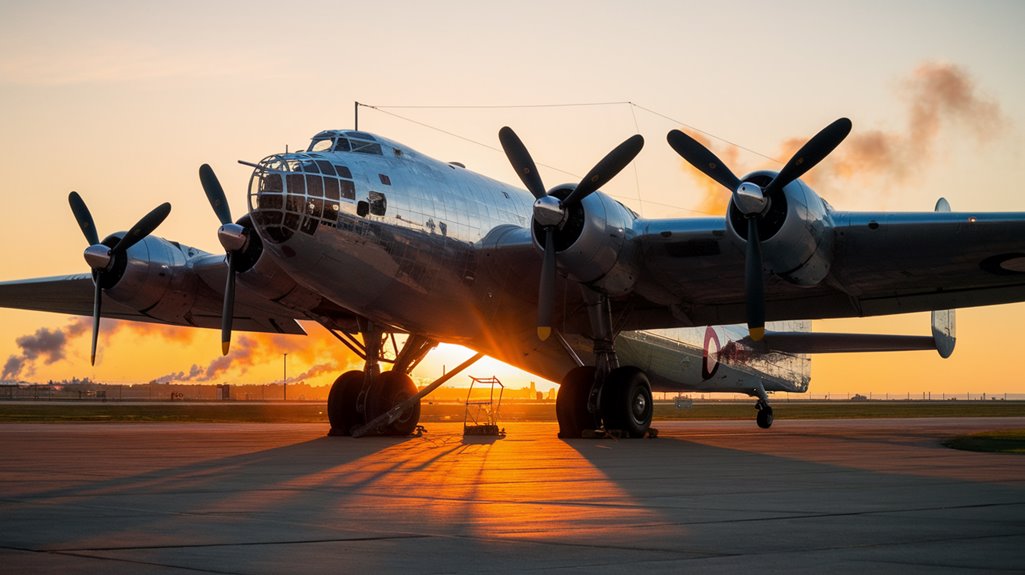
Modern aerial rescue operations have evolved dramatically from Britain's early days, incorporating sophisticated technology and rigorous training protocols that you'll find essential for success.
Today's rescue technology includes HF and VHF radios, satellite tracking devices, and advanced helicopters like the NH90 that can operate in challenging weather conditions. Rescue beacons have provided enhanced efficiency in search operations since their digital transition in 2007.
You'll need to focus on training coordination between multiple agencies, including police, search and rescue teams, and helicopter operators. Annual training documentation must include date and type of rescue exercises performed. Regular joint exercises guarantee you're prepared for various scenarios, from electrical hazards to trapped victims.
When you're conducting aerial rescues, you must assess the situation carefully, considering factors like tree stability and injury severity. Understanding your equipment's limitations and maintaining clear communication channels through satellite phones or specialized devices like Michie phones can mean the difference between success and failure.

